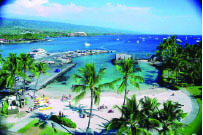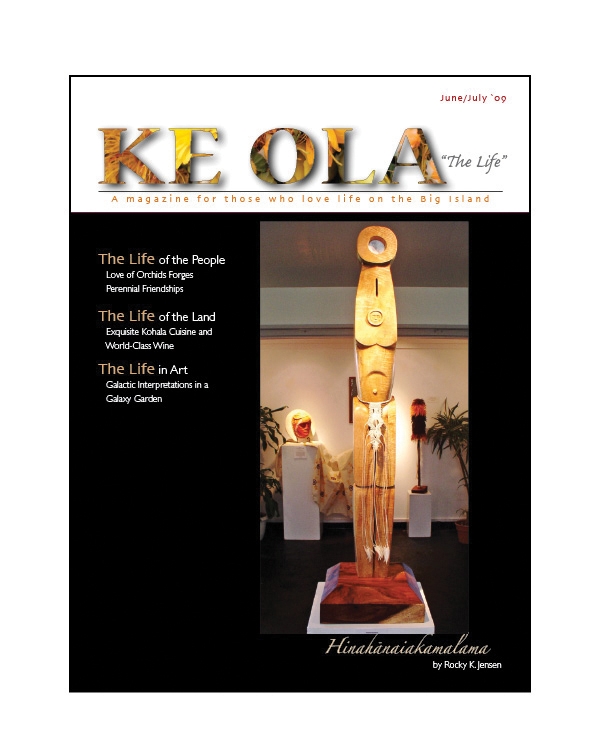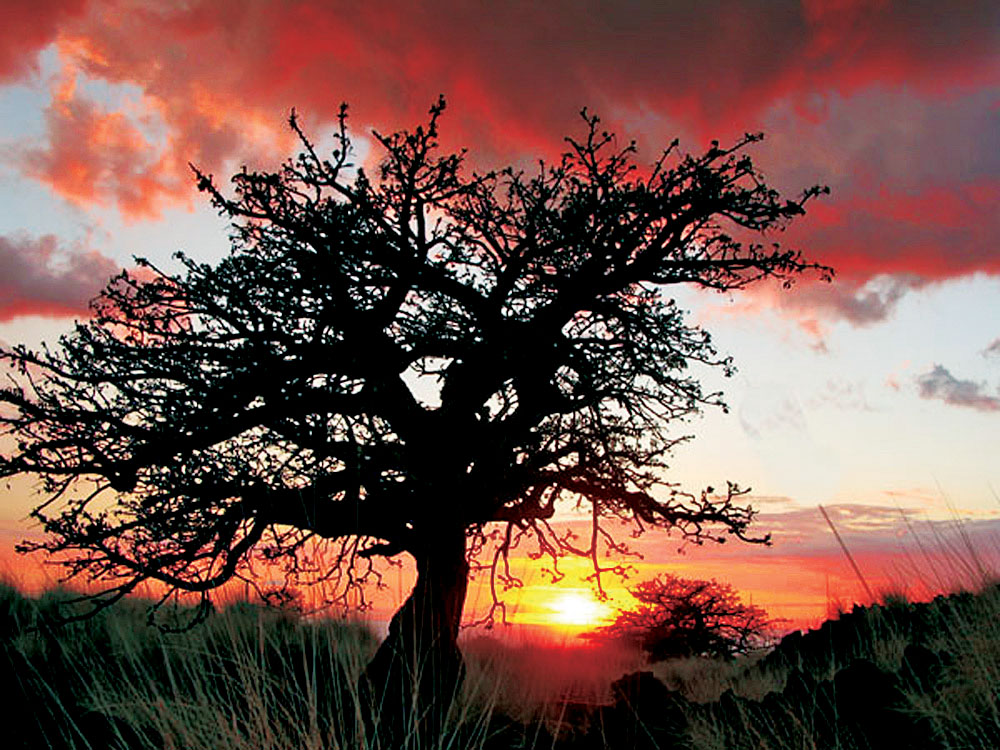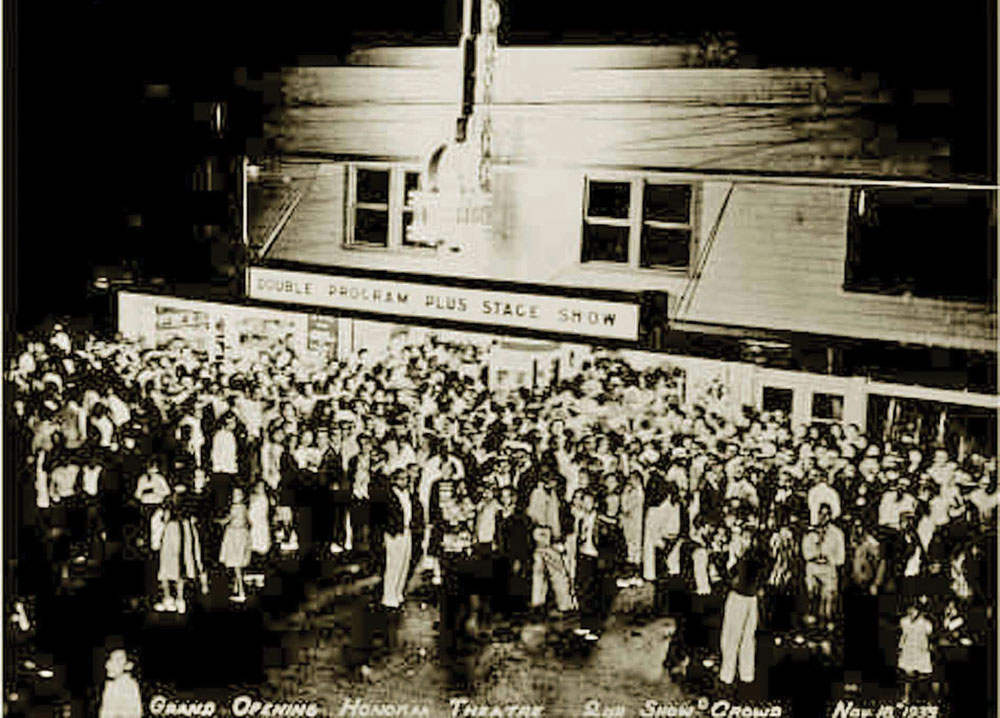
Then & Now: Kailua Pier
By Ann C. Peterson

The historic Kailua Pier covers a turtle-shaped rock that may have inspired early Hawaiians to name the small bay just north of the pier, Kamakahonu (lit.: the eye of the turtle). The extended rock outcropping later gained distinction as the “Plymouth Rock of Hawai`i,” acknowledging the site where the first Christian missionaries landed in Kona on April 4, 1820.
While Kailua Village had served as the capital of Hawai`i after Kamehameha I united the islands and up until his death in 1819, by the time the small pier was built the village had become a sleepy backwater. That is with the exception of “Steamer Day,” when the pier became the focus of activity as inter-island ships laid anchor in the bay. Schools would close and everyone came into town to meet visitors, pick up their mail and supplies, and catch the latest news. A visitor to Kailua Village in 1898 describes the pier as the place to get “figs or grapes wrapped in their own leaves,” and to “pry out the secrets of the town,” while “cheerfully munching.”

Kailua’s first pier was built in the mid to later part of the 19th century. Funds for its repairs and extensions began as early as 1898 when $439.26 was requested from the Ministry of the Interior for some “unusual repairs” that occurred when a ship tried to deliver lumber “directly” to the pier rather than off-load it into rowboats. Due to the shallow depth of the bay and the short length of the pier, the use of rowboats or long boats became the norm for on- and off-loading from ships of everything from people to cattle to supplies. This practice continues to this day with the use of tenders for cruise ship passengers on shore excursions.
The pier was set on pilings until it was renovated in 1955 with a new, solid rock base and a new roof. The Kona Outdoor Circle took its beautification as one of its earliest projects and added potted trees. These new “improvements” were not fully appreciated. Old timers remember that most of the trees (along with their pots) ended up in the bay, and the restriction of ocean currents into the bay caused by its new solid base resulted in the loss of the sandy beach along Kaiakeakua Bay just south of the pier. Like most wooden things along Alii Drive, the roof was eventually taken down by termites.

The pier has been a focal point for two world-famous events. The Hawaiian International Billfish Tournament (HIBT) first launched at the pier in 1959, is known around the world as the “grandfather of all big-game fishing tournaments.” Each afternoon during the tournament, spectators gather to watch the big-fish weigh-in. This year’s event from July 20 through 24 marks its golden anniversary. The pier also serves as the start, finish, and bike transition area for the Ironman World Triathlon Championship, first held in 1981. Each October more than 7,000 resident and visitor volunteers help the more than 1,800 triathletes, and the pier is one of the best places to catch the excitement throughout the day. This year’s event is on Saturday, October 10.
Destination Kona Coast (DKC) is a group of dedicated volunteers that not only provide assistance to cruise ship passengers; they have tirelessly pushed for pier improvements that benefit everyone who uses the facility. When the state did not have funds to provide shade for waiting visitors and event participants, DKC raised the money from private sources and purchased a semi-permanent shade pavilion. They also hired local artists to beautify the concrete barriers that Homeland Security required to meet its new safety standards.

The quest goes on for the perfect pier. In February of this year the state approved over $1 million for the next phase of restoration; which includes, steel reinforcement of the pier’s foundation, new loading docks, parking improvements, and comfort station improvements. These ongoing structural changes insure that the pier remains a focal point for Kailua-Kona activities and that it remains safe for its myriad uses. ❖


